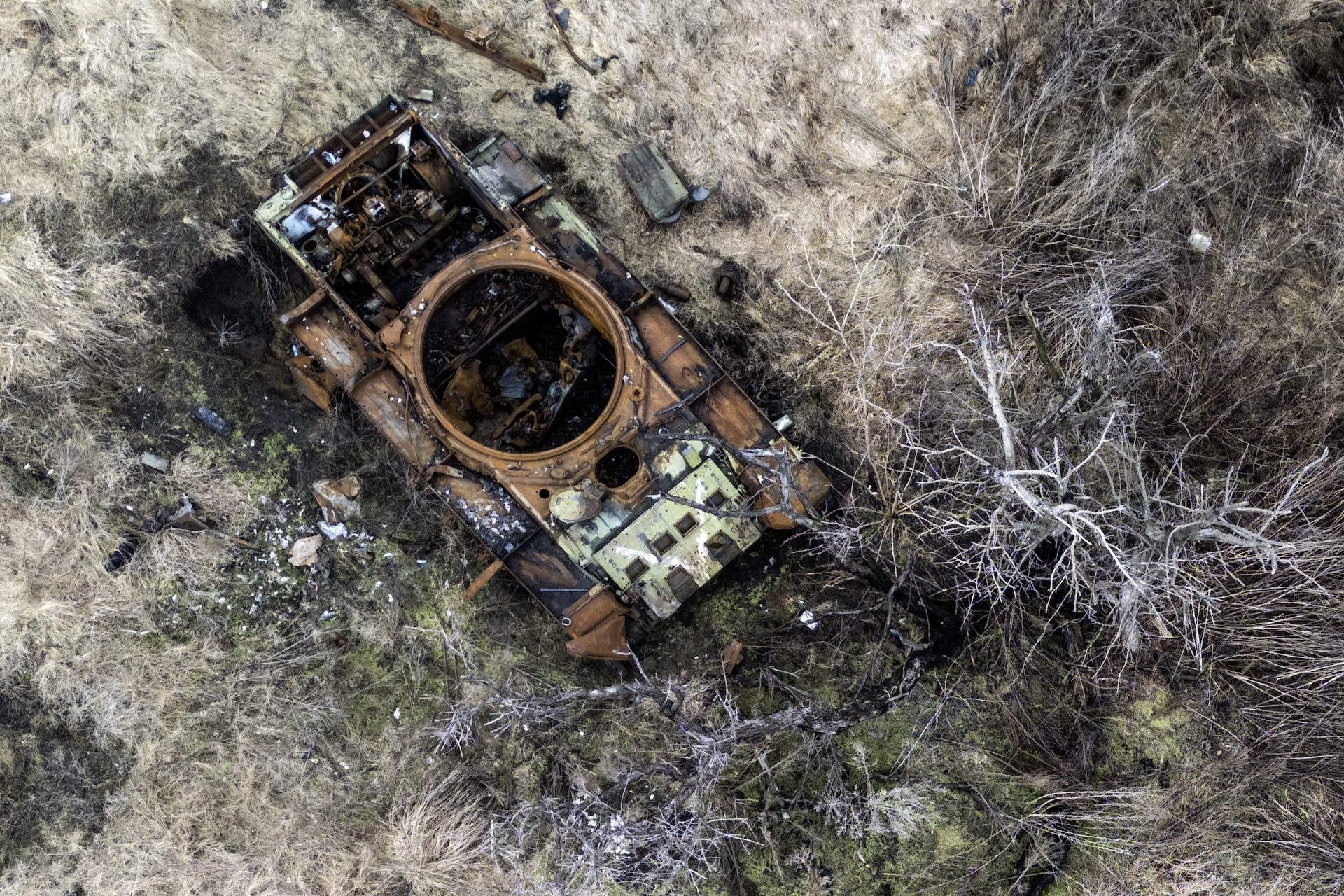2022 in review: Australia's historic floods in pictures
2022 was a hard year for many people all around the world. And Australia had it share of challenges also, in particular when the country had to face one of the worst floods in recent decades.
The floods took the lives of many and left a path of destruction in its wake. Peter Dutton, the Australian Defense Minister said the country sustained significant personal, material and environmental damage.
And it could have been much worse, had not the Australian emergency services ordered the evacuation of more than 200,000 people as the storm headed for Sydney.
In fact, the alert for rain and wind affected nearly 400 kilometers of coastline in the city with the largest population on the continent, where 5 million people live.
The images of Sydney and its surroundings were shocking, with the Windsor Bridge covered by water or houses and premises completely surrounded by water and mud.
A road sign showing directions to Ballina is surrounded by floodwater on March 02, 2022 in Cumbalum, Northern NSW, in what was called the worst flood in a decade.
However, it was not been only in Sydney where the floods left images of impact.
From the state of Queensland to New South Wales, the trail of destruction left by the floods affected hundreds of thousands of people.
River floods, overflowing reservoirs and entire cities submerged under water was the reality of many Australians who lost everything.
Piles of flood-damaged good were seen outside businesses on March 03, 2022 in Lismore, Australia. Many Australians woke up to the devastating damage of the flood.
In fact, insurers received more than 60,000 claims from clients who have lost all or much of their life and property.
The material damage was estimated at billions of dollars and the worst is not only the material, but also the environmental, emotional and social impact of the event.
An event that according to Hilar Bambrick from the Queensland University of Technology, was most likely due to climate change.
Bambrick told the press the temperatures in Australia are rising faster than in the rest of the world. This causes more moisture to be retained in the atmoshphere and more extreme rainfall.
These events left hundreds of thousands of head of cattle dead or without food and permanently affected the ecosystem of wild animals such as koalas.
The Intergovernmental Panel on Climate Change in a public report warned that Australia is going to face significant impacts and irreversible changes in its natural systems, due to climate change.
To help with clean-up and debris removal, Australia deployed 2,000 soldiers to the worst affected areas.
More for you
Top Stories






























